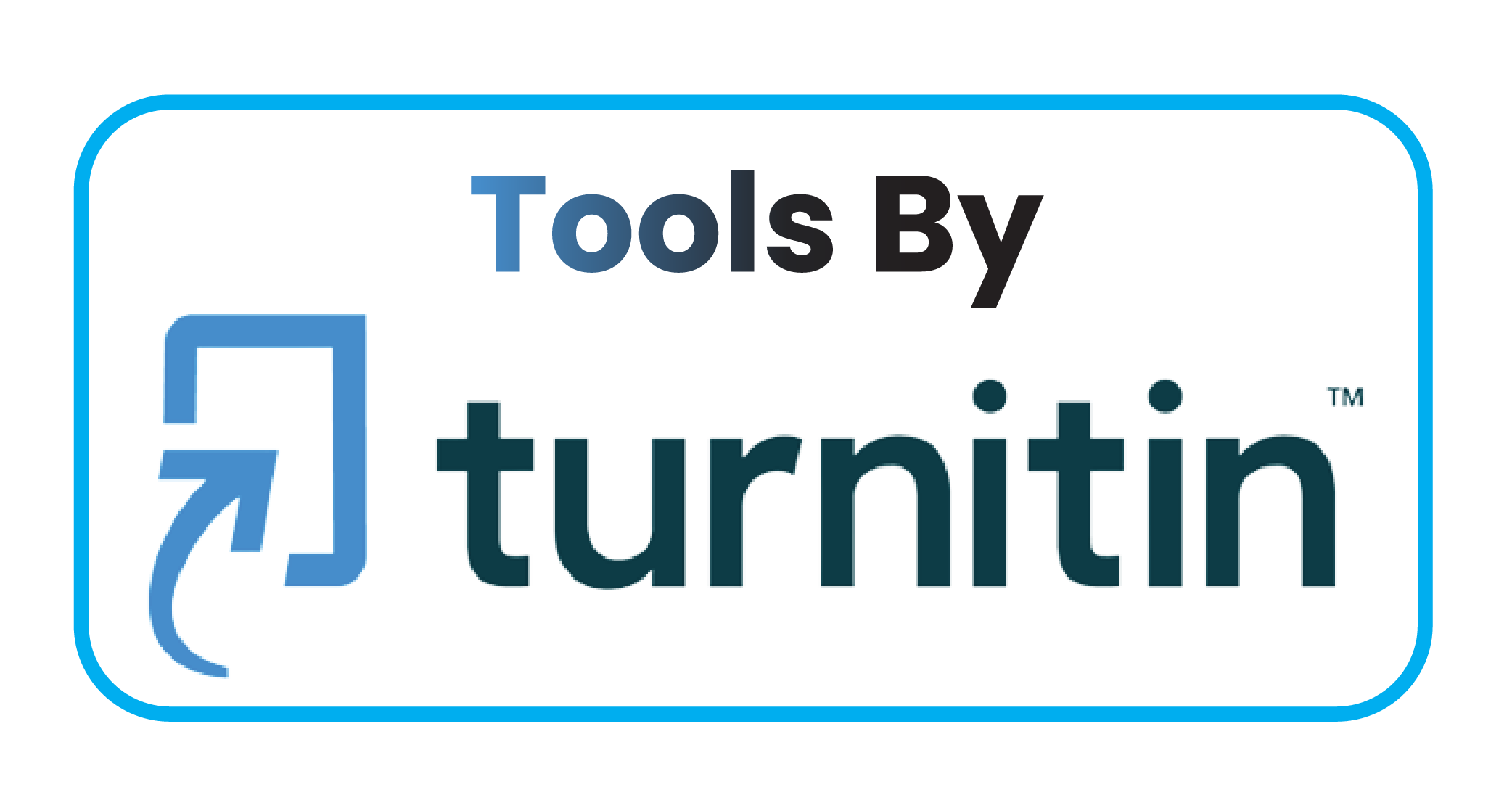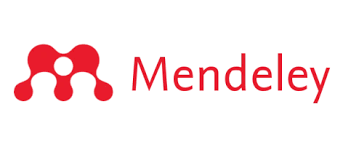Representation of Ideology in Criminal News Texts About Children in Online Media: A Critical Discourse Analysis by Roger Fowler
DOI:
https://doi.org/10.59888/ajosh.v1i12.103Keywords:
Critical Discourse Analysis, Child Crime News Text, Online Media Sindonews.comAbstract
Study This is qualitative descriptive research using a categorized critical paradigm in critical discourse analysis research which aims to: (1) reveal representation ideology in text news criminal child on media online based on the aspect of vocabulary. (2) reveal ideological representations in the text news criminal child on media online based on aspect system language. Data This research is the words, clauses, and sentences contained in criminal news ideological representation of critical discourse analysis theory by Roger Fowler. Data source in study This is media online SINDOnews.com. As for technique collection data which done is documentation, reading techniques, and techniques note. The data analysis technique in this study includes four stages, namely data reduction, data presentation, verification, and drawing conclusions using Roger Fowler's critical discourse analysis. The results of the research show that: (1) ideological representation in news texts criminal child on aspect vocabulary modality found four vocabulary and classification (term new) found ten vocabularies on media online SINDOnews.com. (2) representation ideology in text news In the aspect of passive grammar, ten vocabularies and nominalization grammar were found ten vocabulary in the media online SINDOnews.com
References
Abdullah, Alek, & Achmad, H. P. (2012). Linguistik umum. Jakarta: Erlangga, 85–91.
Alex, Sobur. (2009). Analisis Teks Media; Suatu Pengantar untuk Analisis Wacana, Analisis Semiotik, dan Analisis Framing. Bandung. Remaja Rosdakarya.
Badara, Aris. (2014). Analisis wacana: Teori, metode, dan penerapannya pada wacana media. Prenada Media.
Burhan, Faika. (2017). Analisis wacana terhadap teks berita pembubaran HTI pada media online Liputan6. com terbitan Mei-Juli tahun 2017. Jurnal Jurnalisa, 3(1).
Darma, Yoce Aliah. (2014). Analisis wacana kritis dalam multiperspektif. Bandung: Refika Aditama.
Fitriana, Riri Amanda. (2019). Analisis wacana kritis berita online kasus penipuan travel umrah (model Teun A. Van Dijk). BASINDO: Jurnal Kajian Bahasa, Sastra Indonesia, Dan Pembelajarannya, 3(1), 44–54.
Fowler, Roger, Hodge, Bob, Kress, Gunther, & Trew, Tony. (2018). Language and control. Routledge.
Haryatmoko, J. (2017). Critical Discourse Analysis (Analisis Wacana Kritis): Landasan Teori, Metodologi dan Penerapan (H. Zaskuri (ed.). Rajawali Pres.
Setiawati, Eti, & Rusmawati, Roosi. (2019). Analisis wacana: konsep, teori, dan aplikasi. Universitas Brawijaya Press.
Sugiyono, D. (2018). Metode penelitian kuatintatif, kualitatif dan R & D/Sugiyono. Bandung: Alfabeta, 15(2010).
Sugiyono, P. D. (2015). Metode Penelitian Pendidikan (Pendekatan Kuantitatif, Kualitatif, dan R&D)(2015 ed.). Penerbit Alfabeta: Bandung.
Trianton, Teguh. (2016). Jurnalistik komprehensif. Penerbit Ombak.
Downloads
Published
Issue
Section
License
Copyright (c) 2023 Nurhidayah, Muhammad Saleh, Syamsudduha

This work is licensed under a Creative Commons Attribution-ShareAlike 4.0 International License.
Authors who publish with this journal agree to the following terms:
- Authors retain copyright and grant the journal right of first publication with the work simultaneously licensed under a Creative Commons Attribution-ShareAlike 4.0 International. that allows others to share the work with an acknowledgement of the work's authorship and initial publication in this journal.
- Authors are able to enter into separate, additional contractual arrangements for the non-exclusive distribution of the journal's published version of the work (e.g., post it to an institutional repository or publish it in a book), with an acknowledgement of its initial publication in this journal.
- Authors are permitted and encouraged to post their work online (e.g., in institutional repositories or on their website) prior to and during the submission process, as it can lead to productive exchanges, as well as earlier and greater citation of published work.










